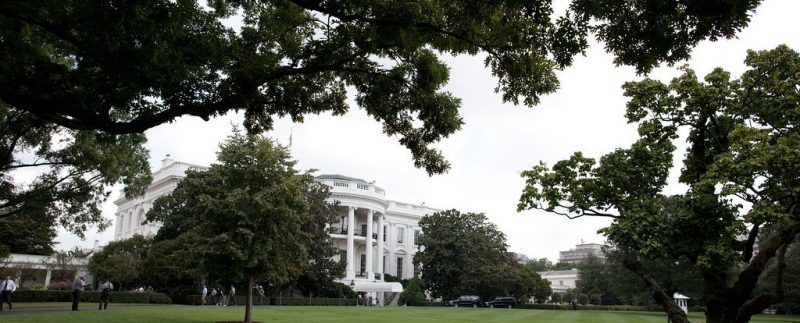Following President Trump’s executive order to transfer background check functions away from the Office of Personnel Management (OPM), OPM’s reorganization continued Thursday when a legislative plan submitted to Congress detailed steps for the long-promised dissolution of the standalone office. The proposed legislation advises Congress to transfer the human resources functions and arms of OPM to the General Services Administration (GSA), while conferring rulemaking powers upon the Office of Management and Budget (OMB) and its newly suggested subsidiary, the Office of Federal Workforce Policy.
The legislative proposal, obtained in a letter sent by OMB Acting Director Russell Vought to Congress, cites OPM’s aging IT architecture and financial difficulties as reasons why Congress should approve the transfer. Friday, GSA announced that OPM had been designated as the third location for the Centers of Excellence (CoE), a program that provides assistance to agencies to update systems, processes and technology.
Presumably, CoE work at OPM would continue if Congress proceeds with the proposed legislation, and the key areas of the CoE – IT workforce planning, IT planning and governance, mainframe and disaster recovery planning and retirement services recovery portfolio –would assist the existing OPM’s integration into OMB and GSA.
“The Federal Government has operated for too long under outdated technology, organizational constructs, and processes, leaving the American people and Federal workforce frustrated. There is broad recognition that maintaining the status quo at the Office of Personnel Management (OPM) is unsustainable,” Vought writes to Congress in introducing and supporting the proposal.
The administration pushed the agenda of OPM’s move with its background check executive order, which by nature does not engage Congress in the legislative process. With background investigations moving to the National Background Investigations Bureau (NBIB), housed in the Defense Department (DoD), the proposed legislation notes that OPM will lose 80% of its rotational funding resources.
While the move was mandated by the National Defense Authorization Act for Fiscal Year 2018, the transfer of functions was designated as a “phased transition” to be commenced by October of 2020. The Trump executive order accelerated the pace significantly and effectively renders OPM financially untenable.
“The status quo structural model and financial risks resulting from the transfer of background investigations to the Department of Defense (DoD) spell disaster for the information technology (IT) and operational viability of the agency. Lack of effective IT infrastructure investments was at the heart of the disastrous data breach of 2015,” the new proposed legislation reads.
As they stand, OPM’s functions are to offer human resources leadership and support for agencies and to manage personnel policy.
As proposed, OPM itself would still exist in an altered form under GSA, maintaining all of its human resources functions – although ultimate authority would lie with the GSA administrator, the position currently held by Emily Murphy. The OPM director would still be presidentially appointed and confirmed by the Senate.
The new Office of Federal Workforce Policy would be led by an unconfirmed presidential appointment, the Administrator for Federal Workforce Policy. Therefore, rulemaking decisions would be subject to less legislative oversight and more influence from the executive branch. Rulemaking functions previously were managed by the Senate-confirmed OPM director.
The Trump administration has pinpointed the consolidation of services as a focal area for its administration. GSA’s new payroll shared service, NewPay, earned GSA the designation of a Quality Service Management Office (QSMO). Despite consolidating offices under the proposed legislation, the administration relayed a familiar goal for the OPM reorganization, promising to reduce costs and inefficiency without sacrificing members of the federal workforce.
“This vision is not designed to reduce the size of the workforce, but more importantly, the reorganization will better support human capital delivery across the Federal Government by centralizing the services both agencies currently provide, reducing duplication, and empowering our workforce to shift to higher value work,” the introduced legislation reads.





Leave a Reply
You must be logged in to post a comment.